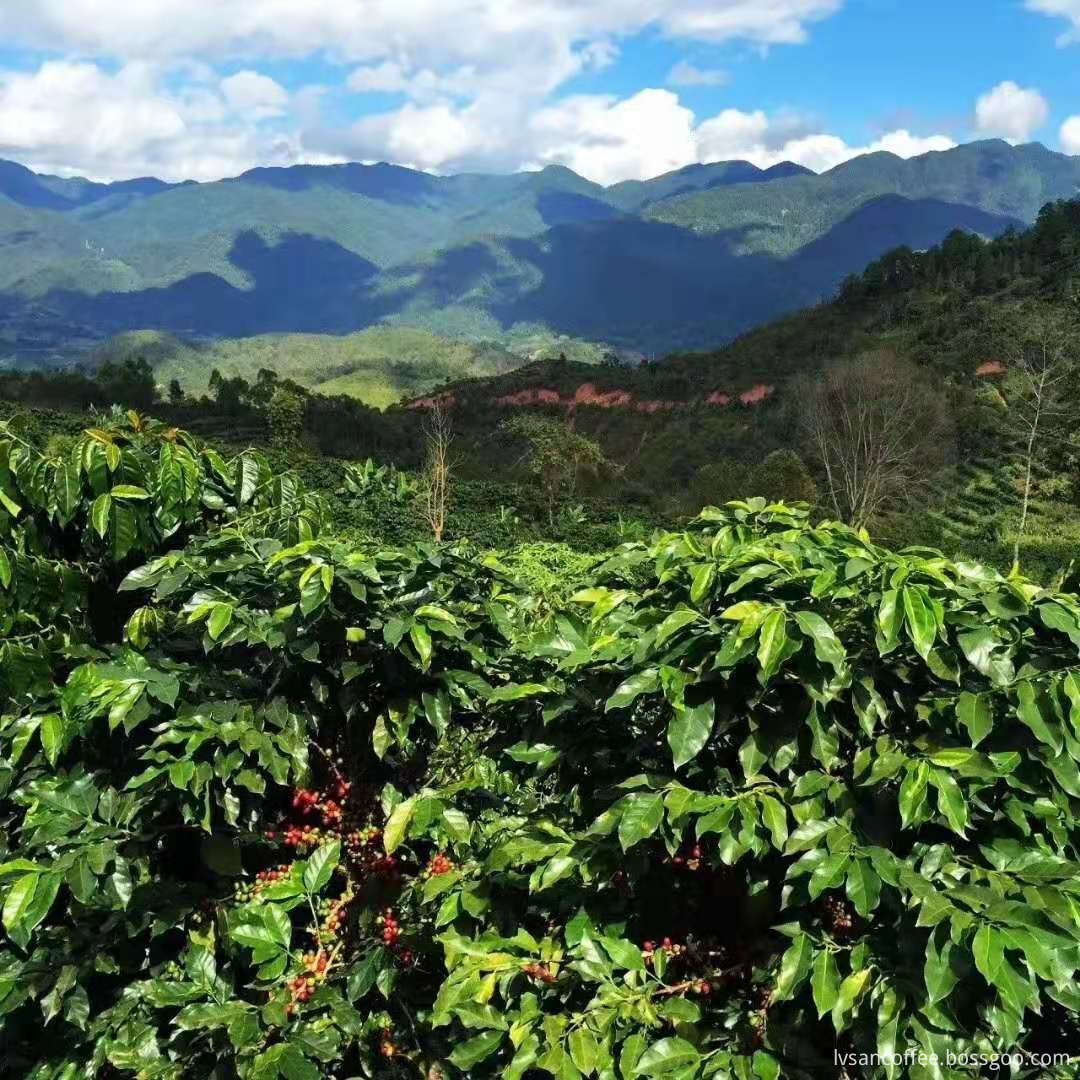Geraniums originated from southern Africa and were introduced to China over a century ago. These flowering plants are known for their compact, ball-like growth habit and their ability to thrive in various environments. During the hot summer months, they prefer shaded outdoor areas, while in colder seasons, they do best in bright indoor spaces. Geraniums can be encouraged to bloom on key dates such as May 1st, November 11th, New Year's Day, and the Spring Festival, with a long flowering period that makes them popular ornamental plants.
Also known as Hydrangea (though not related to true hydrangeas), geraniums belong to the genus Pelargonium. They are evergreen shrubs, with young plants being herbaceous and fleshy, and older ones becoming semi-woody with hollow pith. The plant has a distinct scent, and its leaves are alternate, round, kidney-shaped, or scalloped, often palmately lobed. The flowers grow in umbels at the top of the stems, featuring long, hairy stalks. Each inflorescence contains several to dozens of blooms in colors like white, pink, red, purple, and even double varieties. Some have striped patterns in yellow, white, or purple.
There are many types of geraniums, including the horseshoe-shaped variety with a purple-brown ring on the leaves, the creeping geranium, the large-flowered type, the aromatic geranium (also called musk geranium, with fragrant white flowers), and the Chinese hollyhock, which has aromatic leaves and stems containing compounds like geraniol. Most species are native to the Cape of Good Hope in South Africa, where they enjoy a mild climate and fresh air.
They dislike extreme cold and dry conditions in winter, and excessive heat and humidity in summer. Ideal growing temperatures range from 15°C to 20°C. In winter, temperatures should not drop below 5°C, and in summer, when it exceeds 25°C, they need shade. At lower temperatures, they require more light. They thrive in loose, fertile, well-draining sandy soil with a neutral pH. The soil should remain moist but not waterlogged.
Propagation is typically done through cuttings, which are easiest to root in spring and autumn. In early March, during indoor pruning, cuttings have a high survival rate and can bloom by the following fall. Cuttings should be about 7–8 cm long, with the top 1–2 leaflets left intact. The base is cut cleanly and inserted into fine, clean sand, about 3 cm deep. After planting, keep the soil consistently moist, avoiding both over-drying and over-wetting. Place the cuttings in a warm, bright indoor location around 20°C, and roots should appear within a month. Once rooted, transplant them into small pots, using a mix of compost and broken hoof tablets for nourishment.
Geraniums grow quickly, so repotting and fertilizing annually is essential. From February to early March, prune each plant to leave only three lateral buds per base, then remove old roots and replace the soil with fresh, nutrient-rich mix. Apply a base fertilizer, and once new shoots appear in April, feed with organic liquid fertilizer weekly. As summer approaches, gradually move the plants outdoors. In July and August, mist the air regularly to maintain humidity without letting water accumulate in the pot.
By mid-October, bring the plants indoors before the first frost, ensuring temperatures stay above 12°C and providing sufficient light. With proper care, geraniums will continue blooming throughout the winter. For large-scale cultivation aimed at events like May 1st, prune in late fall, reduce temperature to below 10°C, maintain good light, control watering, and ensure moderate ventilation for successful winter storage. In spring, as temperatures rise naturally, the plants will grow vigorously and bloom beautifully.
Arabica Coffee Beans
China Green Coffee Beans
flavor: mellow and balanced, with fruit acid flavor, nuts, honey, chocolate, citrus;
Variety:Aribica
processing method: washing;
water content: less than 12%;
packaging: 60kg / bag
In 1892, French missionary father Tian Daneng preached in Dali, Yunnan Province, China. In order to drink coffee, he taught local villagers to grow and drink coffee. Up to now, coffee has been planted in Yunnan Province of China for more than 100 years, with an area of 120000 mu. Most of the varieties planted in Yunnan are ccatimor, with an altitude of 1000-1500m, The coffee produced in Yunnan has a balanced taste, rich nut and citrus flavor, some of which are very sweet, with obvious taste of chocolate, toffee and maple sugar. It is one of the high-quality coffee producing areas. Our coffee is produced at the junction of Puer and Burma - the Myitkyina original jungle beans at 1500-1750, with a rich flavor, high aroma and high sweetness. The 2019 international coffee cup Masters Tournament (China finals) is sponsored by beans.

Bulk Green Coffee Beans,Light Roast Coffee Beans,Green Robusta Coffee Beans,Arabica Roasted Coffee Beans
Yunnan New Biology Culture Co,.Ltd , https://www.lvsancoffee.com
